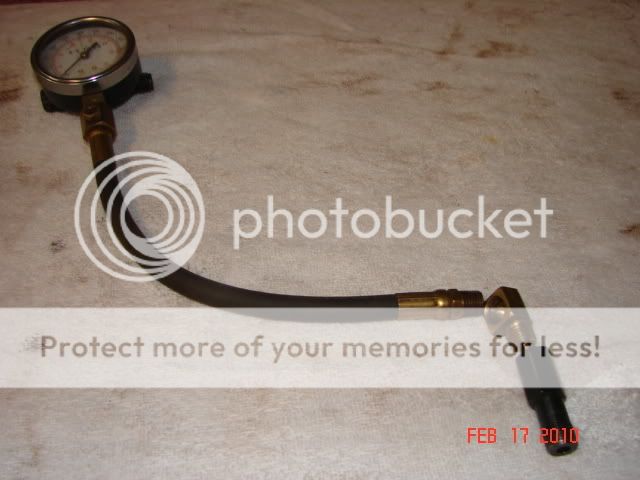I'm going to apologize in advance to those who think this subject has been covered many times. I have searched the files and it seems like I have even more questions. Your help will be greatly appreciated.
I have a '49 8N, all as original, never restored, but very tired. This past spring I was unable to start it and I finally gave up until now when I am back on it. My other mower just died and so I need this badly.
There is plenty of gas at the carb. I replaced the 6v battery, the plugs (437s), points and condenser and it still would not fire. I was able to see spark when I held the wires away from the plugs but I did not know about the 1/4" test and I didn't save the old plugs so I have not done that yet. I can say that the spark was strong on two but not so strong on the other two.
Today I lifted the leads and cleaned the terminals at the ignition switch and at the resistor and then took some voltage measurements.
With the lead to the coil disconnected at the coil and the ignition switch on, I got 6.45v every place I measured it - at the battery, the two ignition SW terminals, at the terminals before and after the resistor, and at the end of the disconnected wire at the coil.
With the wire connected to the coil and the ignition switch on, I took the same measurements. The battery read 6.45 but both of the terminals on the ignition switch read 5.79v. The input to the resistor read 5.78v but the output lead from the resistor read 2.21v. At the terminal on the coil I measured 2.12v.
From what I had read on the searched posts, I concluded that the points must be closed so I jogged the engine with the starter four times and each time I measured the voltage at the coil. Twice I got 6.40v at the coil and I got 2.14 and 2.16 at the coil the other two times.
I was surprised that it seems like the points were open 2 times and closed 2 times.
Am I interpreting these readings correctly?
The other question I have: "Is the 2.14v at the coil with the points closed what I should be seeing there?
My next move is going to be to remove the distributor to see if I did anything wrong when I did that work this past spring.
One other thing - the spark plug wires are old. I have a new replacement kit but never installed it because I couldn't see how I was going to get the wires through the pipe without removing it and the head nuts where the pipe is mounted look like they have been there forever.
Thanks in advance for all comments and suggestions.
I have a '49 8N, all as original, never restored, but very tired. This past spring I was unable to start it and I finally gave up until now when I am back on it. My other mower just died and so I need this badly.
There is plenty of gas at the carb. I replaced the 6v battery, the plugs (437s), points and condenser and it still would not fire. I was able to see spark when I held the wires away from the plugs but I did not know about the 1/4" test and I didn't save the old plugs so I have not done that yet. I can say that the spark was strong on two but not so strong on the other two.
Today I lifted the leads and cleaned the terminals at the ignition switch and at the resistor and then took some voltage measurements.
With the lead to the coil disconnected at the coil and the ignition switch on, I got 6.45v every place I measured it - at the battery, the two ignition SW terminals, at the terminals before and after the resistor, and at the end of the disconnected wire at the coil.
With the wire connected to the coil and the ignition switch on, I took the same measurements. The battery read 6.45 but both of the terminals on the ignition switch read 5.79v. The input to the resistor read 5.78v but the output lead from the resistor read 2.21v. At the terminal on the coil I measured 2.12v.
From what I had read on the searched posts, I concluded that the points must be closed so I jogged the engine with the starter four times and each time I measured the voltage at the coil. Twice I got 6.40v at the coil and I got 2.14 and 2.16 at the coil the other two times.
I was surprised that it seems like the points were open 2 times and closed 2 times.
Am I interpreting these readings correctly?
The other question I have: "Is the 2.14v at the coil with the points closed what I should be seeing there?
My next move is going to be to remove the distributor to see if I did anything wrong when I did that work this past spring.
One other thing - the spark plug wires are old. I have a new replacement kit but never installed it because I couldn't see how I was going to get the wires through the pipe without removing it and the head nuts where the pipe is mounted look like they have been there forever.
Thanks in advance for all comments and suggestions.


